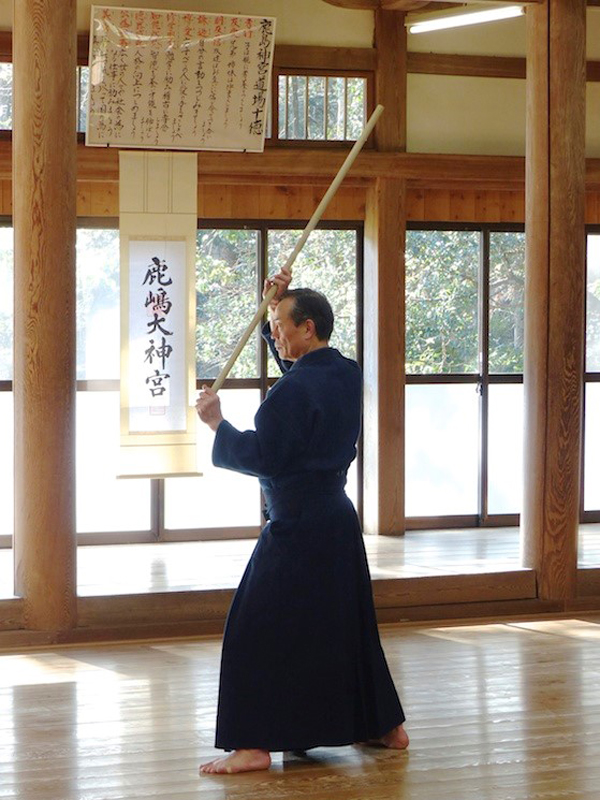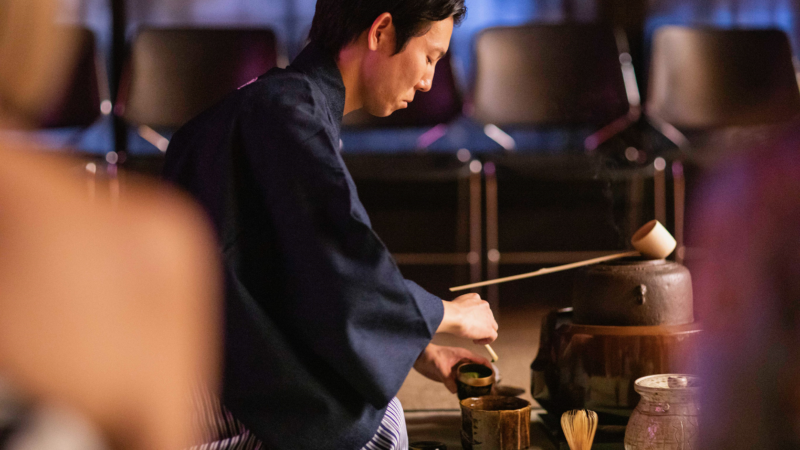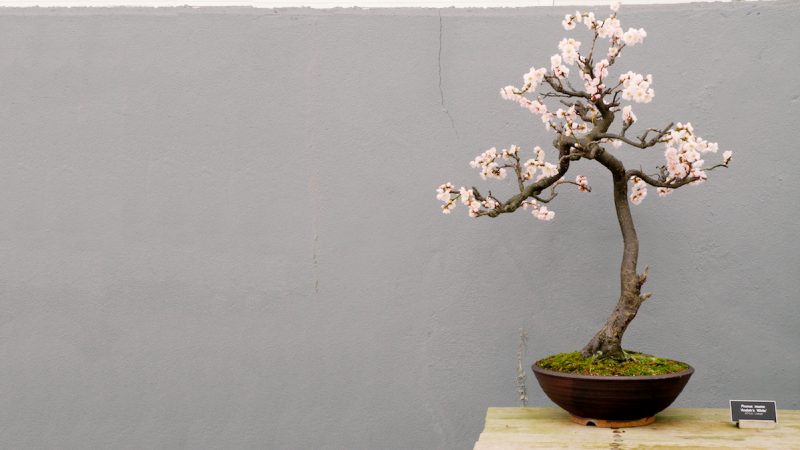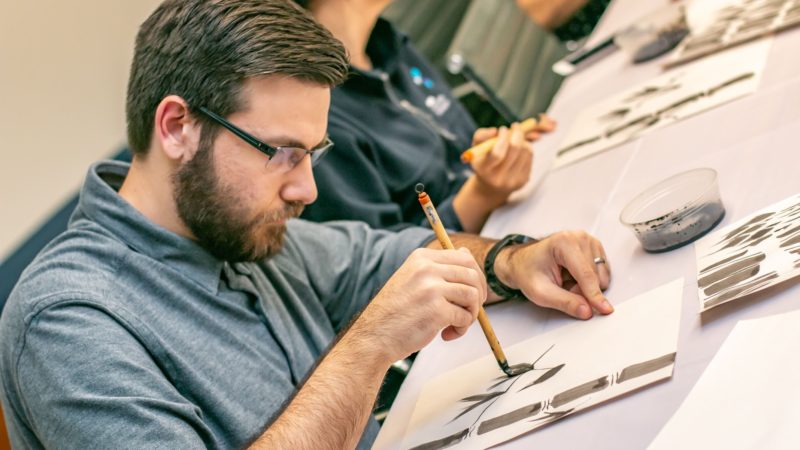
August 26, 2014 ◆ Deborah Klens-Bigman, Ph.D
Graceful ballet students line up at the barre, practicing technique. They plié and relevé in time to basic rehearsal music. Ballet students learn classical technique through endless repetition, until it sinks into their bodies. Choreographers combine different elements for dance pieces, which dancers learn quickly, as they already have a thorough understanding of the techniques that make them up. In order to prepare for learning choreography, the dancers learn combinations of techniques from their teachers. Japanese classical arts, including Japanese classical dance, take a completely different approach. Though there are definitely elements to dance choreography, the dancers do not study kihon (technique); they study individual dances. After years of practice, experienced Japanese dancers are able to learn dances more quickly, but it is because of the repertory of dances they have already learned, rather than endless repetitions of technique. A dancer I know who has done both western style and Japanese dance praised the “wholeness” of learning Japanese dance, which moves through and beyond technique, even for beginners.
Japanese classical budo has also followed this holistic approach, but, in the past century, influenced by western sport, kihon has emerged as an important element of some practices. Jodo, in particular, has a set of 12 kihon waza. Many jodo groups (ours included) practice kihon drills as a warm up before the “real” work of the practice (that is, working on individual kata) begins.
Jodo kihon are derived from the actual movements which make up the kata, distilled into an essential form (that is to say, the kihon in the kata may have variations, though the kihon is still recognizable). Through kihon, the teacher can correct basic grip, stances, and footwork. Kihon have been further organized into partner drills, which can be used to improve students’ focus and accuracy in strikes. Partner work generally also improves the students’ sense of ma, the feeling of distance and timing between partners, as well as the rhythm of the techniques.
Students who have good, basic kihon can avoid some of the pitfalls of learning kata. If the students know kihon well enough to be able to “read” the kata, remembering the sequence of movements is easier. Moreover, kihon can be used as shorthand by the teacher to coach students through the movements of a kata. By describing the different strikes and blocks to the students, the teacher can help students follow the patterned scenaria that make up the different kata, making teaching/learning more efficient.
It is important to keep in mind, however, that kata include many variations on the different kihon, just as dance choreographers do more than work basic techniques into dances. Variations keep the dance (and the kata) interesting, since just using the same set of basic techniques over and over again would be boring, as well as limiting. Endless repetition of techniques makes for a dull class session. That’s why ballet dancers learn combinations, and jodoka learn kata.
For more from our blog, click here.




